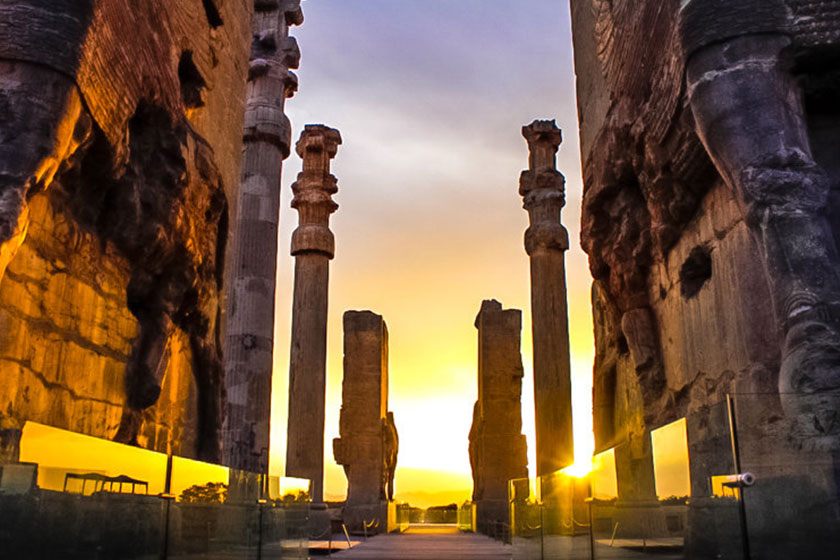the second part of Âsâr-i ‘Ajam
Fursat devotes the second part of Âsâr-i ‘Ajam to the city of Shiraz, his hometown. He returns there between travels and compares the city to the small towns he stays in during his voyages. Shiraz is a center of knowledge for the entire region and beyond, inhabited by friends and scholars who Fursat presents as his community.
Shiraz is the capital of Fars and the noblest (mu‘azzamtarîn) of the cities of the region. The pages devoted to Shiraz are less exploratory than the first part of the book, relying on a vast textual tradition of writing on the city, even if they often digress or wander in several directions, especially in the glosses. Here too Fursat delineates his own approach, selects what to discuss or leave aside, either because already mentioned in the first part or in other books, or because there are simply too many buildings and people to mention.
short introduce of Shiraz
The narrative opens with a physical description of the setting of the city and its water channels. After praising the air and the climate, Fursat writes:
Its people (mardumân-ish) are jovial and pleasurable (sâhib-i zawq), most of them are discerning and thoughtful, masterful, industrious and artistic, desiring to study the sciences – it is for this reason they called this place the Abode of Knowldge (dâr al-‘ilm). They are short of finance, but are rich in temperament (tab‘), they all have dervish manners and pure faith and for this reason they named the place the Tower of Companions (Burj al-Awliyâ’).
This sketch rehearses characteristics of the people of Shiraz found in older narratives and establishes a relationship between the people and their city by recalling two of the most used epithets to name the town: Shiraz the Abode of Knowledge, Shiraz the Tower of Companions. This territorialization is articulated in two interrelated domains, knowledge and devotion, themselves intersecting three traits: Shirazis are pleasurable, they are clever and they believe. This configuration of a city of knowledge will return time and again in the twentieth century, relocated and transposed in different ways.

the buildings of Shiraz
sections that present buildings typologically: mosques, gardens and tombs, lodges (takkiya), schools for higher education (madrasa), meeting spaces (husayniya), bazaars. Fursat describes the physical features of these buildings
and mentions people who are connected to them, sometimes commenting on their state.
on notable individuals follow, divided by category: scholars (‘ulamâ’) and jurists (fuqâhâ’), sermon givers, physicians, administrators and military, foreigners living in Shiraz, secretaries, calligraphers, painters, merchants, artisans and, finally, poets. The actual narrative does not necessarily follow this scheme: many biographies are recounted in sections on buildings.
The style of these biographies is that of the established biographical genre in local histories and poets’ dictionaries. They recount the studies of a man (no women are mentioned), his current activities and list his writings or works. As is customary in these kinds of books, Fursat often describes the relationship he has with each individual and makes himself part of the narrative. Taken all together the biographies constitute the ahl-i ‘ilm, the people of knowledge, as Fursat often calls them, the learned of the city and Fursat’s own network.

